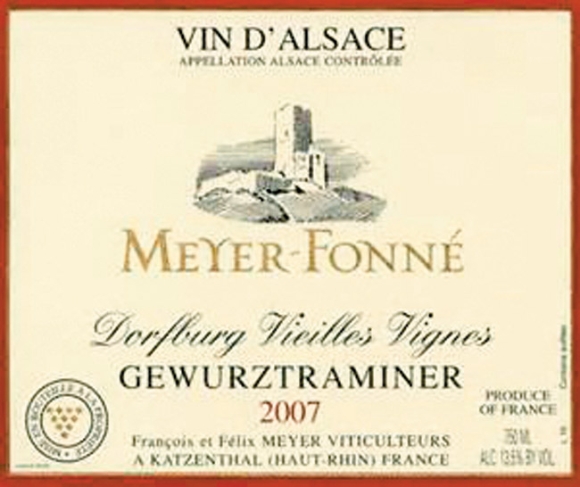Cursing Corked And Cooked Wines
There is emptiness in my stomach. My emotions run through anger, disappointment, depression and despair. I think we all try to rationalize it when it happens, and it does happen to everyone.
That special bottle that you brought out from your cellar, the same one you hand-carried back from its origin or bought upon release and cared for like a baby for years, “blows up” (not literally). It is corked, cooked or otherwise tainted.
The more expensive and rare the bottle, the more I want to yell and throw the bottle through the air.
The worst thing is when the bottle of wine is corked. Just a quick refresher on “corked” wines: A bottle of wine can be tainted with a compound that goes by the initials TCA, when the actual cork closure contains particular bacteria that interacts with the cleaner used in the cork production process.
This taint is a “stink” that can permeate the wine and cover all the beautiful aromas we enjoy in it. It is similar in character to wet cardboard (and that is the best descriptor I can use). It also reminds me of unwashed dishes that have been sitting in a dishwasher too long – unpleasant, to say the least.
This may be the worst offense to fine wine.
Think about all the work, the entire growing cycle for the vine to produce the grapes for that year, the vigneron’s toils in the vineyard through pestilence, the vagaries and downright brutality of weather through the year.
Then imagine the care given to that wine in the cellar, sometimes over the course of three to five years in dormancy.
All of that time, effort and money is put into the bottle. And yet a measly cylindrical piece of bark, something that costs much less than a dollar, ruins all of that juice in the bottle, not to mention the experience and all the money spent to buy the wine.
It’s yet another reason why cork is the worst, is because it could be avoided by using another closure.
Then there is wine that was “cooked.”
No, I am not referring to Madeira – those wines are purposely “cooked” in a particular manner that creates a completely different wine. Outside of that, bottled wine that is exposed to elevated temperatures for a period of time will be destroyed. How long it takes for a wine to get cooked depends on the temperature. The higher the temperature, the quicker the wine will decay.
Remember, ideal wine storing temperature is 55 degrees. Anything over that can cause faster decay.
And leaving a bottle in the car for an hour at 90 degrees or more will boil the heck out of it really quickly. Cooked wines smell a bit like shoyu, and sometimes they smell like almost nothing at all when they are only slightly cooked, but all the fruit aromas are gone – “burned off.”
Whenever you buy wines, no matter how young or old, you really don’t know how they were stored.
And there is no assurance in the chain of provenance in any bottle. Perhaps there should be, especially for wines that are rare and highly valuable.
There are other taints in wine that can happen, but to a lesser degree. One is prematurely oxidized wines, where the closure on the bottle allows too much air to reach the wine, thus oxidation and again stealing all its aroma and flavor before it is consumed. There are wines that are over-sulfured as well, and those wines just plain stink! They smell like rotten eggs or burnt matches, neither of which belong in wine.
All of these have happened to me. And what can we do about it, other than buying wine from only the most reputable establishments, or better yet, directly from the producer?
Nothing!
Wine is like any other perishable good in terms of its fragility. It is not a sure thing. Even two bottles in the same case could taste different. Thankfully, the great bottles outweigh the bombs in spades, in my experience. Don’t lose your cool. Throwing the bottle out of the window won’t make it taste any better or easier to swallow.
Move on to the next bottle and enjoy it.
Recommendations: 2011 Meyer-Fonne Dorfburg Gewurztraminer Vieilles Vignes ($36) is easily the best Gewurztraminer I’ve tasted all year. Exotic aromatics with luscious flavors, a balanced sweetness and superb aftertaste. This is really seamless wine. 2011 Indigenous Selections Sangiovese ($15) Perfectly ripe red fruit aligned with potpourri spices. What really sets it apart is that it does not have that bitter or hard edge that most Sangiovese exhibit. It is smoother and softer, seductive even and at a terrific price.
Roberto Viernes is a master sommelier. Email rviernes@southernwine.com or follow him on Twitter @Pinotpusher.






